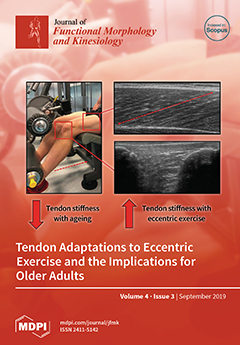Cardiorespiratory fitness (CRF) is an important indicator of adolescent cardiovascular well-being and future cardiometabolic health but not always feasible to measure. The purpose of this study was to estimate the concurrent validity of the non-exercise test (NET) for adolescents against the Progressive Aerobic Capacity Endurance Run (PACER
®) and direct measures of VO
2max as well as to examine the concurrent validity of the PACER
® with a portable metabolic system (K4b
2™). Forty-six adolescents (12–17 years) completed the NET prior to performing the PACER
® while wearing the K4b
2™. The obtained VO
2max values were compared using linear regression, intra-class correlation (ICC), and Bland–Altman plots, and α was set at 0.05. The VO
2max acquired directly from the K4b
2™ was significantly correlated to the VO
2max indirectly estimated from the NET (
r = 0.73,
p < 0.001,
r2 = 0.53, ICC = 0.67). PACER
® results were significantly related to the VO
2max estimates from the NET (
r = 0.81,
p < 0.001,
r2 = 0.65, ICC = 0.72). Direct measures from the K4b
2™ were significantly correlated to the VO
2max estimates from the PACER
® (
r = 0.87,
p < 0.001,
r2 = 0.75, ICC = 0.93). The NET is a valid measure of CRF in adolescents and can be used when an exercise test is not feasible.
Full article






